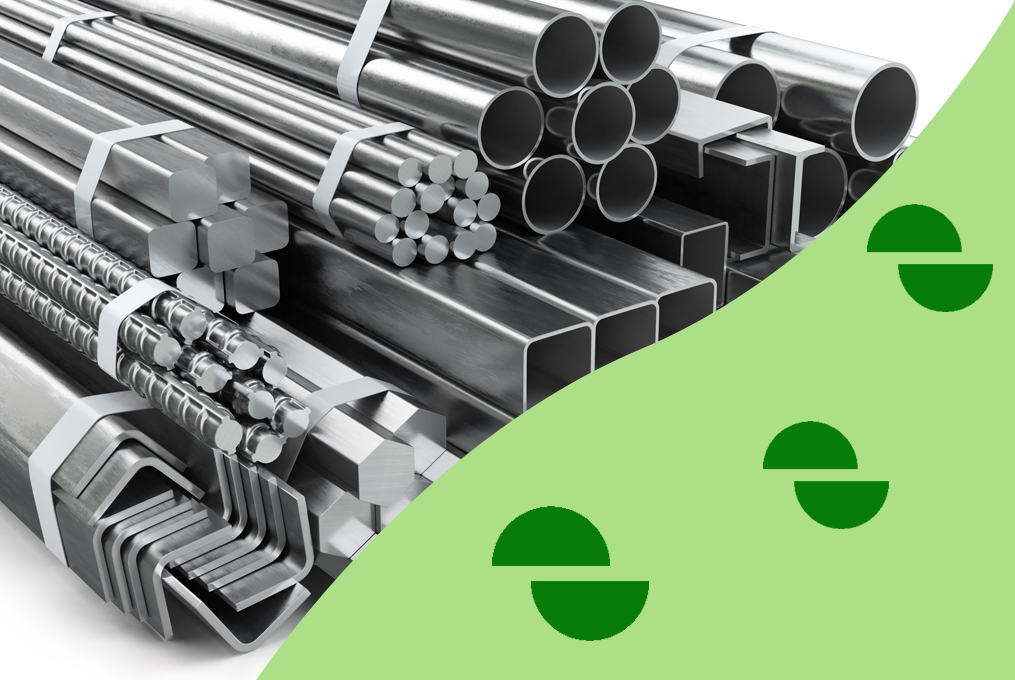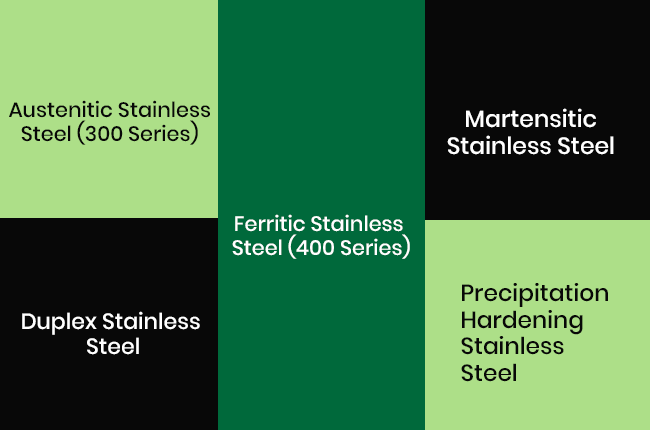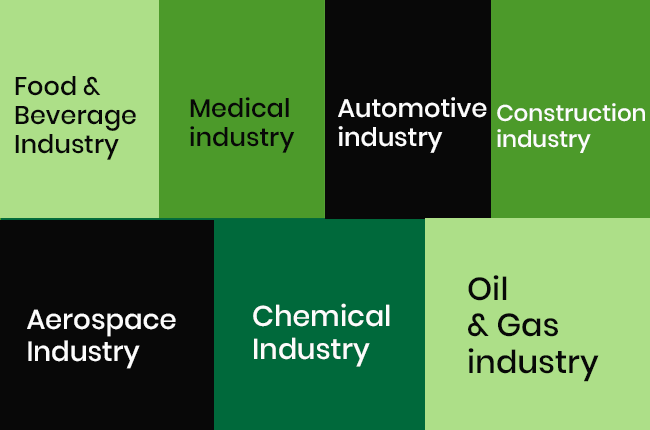Exploring the Grades and Applications of Stainless Steel in Various Industries

Stainless steel is a popular material used in many industries. It is known for its strength, durability, and resistance to rust and corrosion. But did you know that there are different grades of stainless steel? Each grade has unique properties that make it suitable for specific applications. In this blog, we will explore the various grades of stainless steel and their applications in different industries.
What is Stainless Steel?
Stainless steel is an alloy, which means it is made by combining two or more metals. The main elements in stainless steel are iron, chromium, and sometimes nickel. The chromium in stainless steel helps to form a thin layer of oxide on the surface, which prevents rust and corrosion.
Grades of Stainless Steel

There are several grades of stainless steel, but the most common ones are:
Austenitic Stainless Steel (300 Series):
Contains high levels of chromium and nickel.
Non-magnetic.
Excellent corrosion resistance.
Typical grades: 304 and 316.
2. Ferritic Stainless Steel (400 Series):
Contains high chromium but low nickel.
Magnetic.
It has good corrosion resistance but not as good as austenitic grades.
Typical grades: 430 and 409.
3. Martensitic Stainless Steel:
Contains chromium with little or no nickel.
Magnetic.
It can be hardened by heat treatment.
Typical grades: 410 and 420.
4. Duplex Stainless Steel:
Combines features of austenitic and ferritic stainless steel.
High strength and excellent resistance to stress corrosion cracking.
Typical grades: 2205 and 2507.
5. Precipitation Hardening Stainless Steel:
Contains elements like aluminum and copper.
High strength and hardness.
It can be heat treated to improve properties.
Typical grades: 17-4PH.
Applications in Various Industries

1. Food and Beverage Industry:
Grade 304: Used for kitchen equipment, sinks, and brewing equipment due to its excellent corrosion resistance and ease of cleaning.
Grade 316: Preferred for processing equipment in food and beverage plants because of its resistance to acidic foods and beverages.
2. Medical Industry:
Grade 316L: Used for surgical instruments, implants, and medical devices. The "L" stands for low carbon content, which helps prevent corrosion in medical environments.
Grade 304: Used for hospital equipment like beds and wheelchairs.
3. Automotive Industry:
Grade 409: Used for exhaust systems due to their ability to withstand high temperatures.
Grade 304: Used for trim and decorative parts because of its shiny appearance and resistance to corrosion.
4. Construction Industry:
Grade 304: Used for architectural cladding, handrails, and balustrades because of its durability and aesthetic appeal.
Grade 316: Used for structures in coastal and marine environments due to its superior resistance to saltwater corrosion.
5. Aerospace Industry:
Grade 17-4PH: Used for aircraft components like turbine blades and fasteners because of their high strength and resistance to high temperatures.
Grade 304 and 316: Used for various components that require corrosion resistance and strength.
6. Chemical Industry:
Grade 316: Used for storage tanks, pipes, and valves that handle corrosive chemicals.
Duplex Stainless Steel: Used for chemical processing equipment due to its excellent resistance to stress corrosion cracking and high strength.
7. Oil and Gas Industry:
Grade 304 and 316: Used for pipelines, storage tanks, and processing equipment because of their corrosion resistance.
Duplex Stainless Steel: Used for offshore platforms and equipment exposed to harsh marine environments.
Wrapping Up!
Stainless steel is a versatile material with various grades, each suited for specific applications across different industries. From food and medical devices to automotive and aerospace components, the correct grade of stainless steel ensures durability, corrosion resistance, and overall performance.
Understanding the properties and applications of each grade helps select the best material for the job, ensuring longevity and reliability in various industrial applications.